Snow resorts hit pricey new high
Australia’s alpine resorts are spending more than ever to ensure good snow coverage for holidaymakers — but there’s a catch. See price hikes.
Australia’s alpine resorts are bringing out the big guns, literally, with the increasing array of snow guns and other technology needed to ensure the slopes are white and ski-able pushing up the cost of lift passes.
The cost of a single adult lift pass on peak days this season has soared past $200 at Perisher, Mt Buller, Mt Hotham and Falls Creek, while at Thredbo it’s $199.
While the cost per day falls, the more time you spend on the slopes, the 2024 ticket prices are a big jump from five years ago, when a one-day pass cost between $110-$120 at Mt Buller, and $149 at Thredbo.
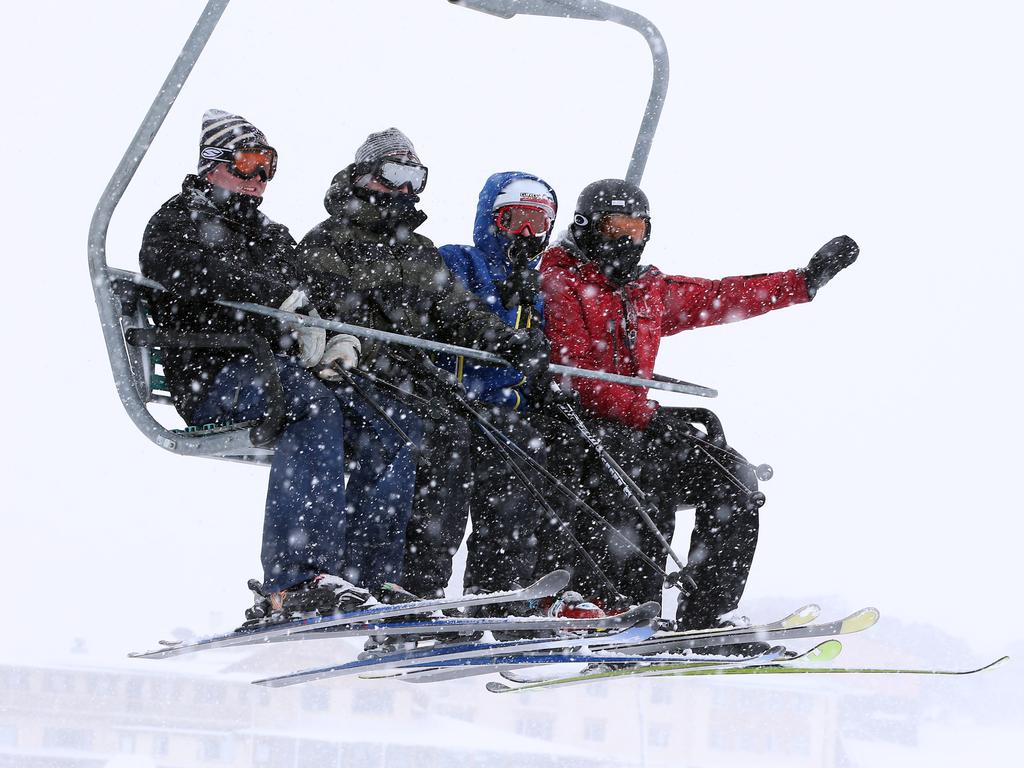
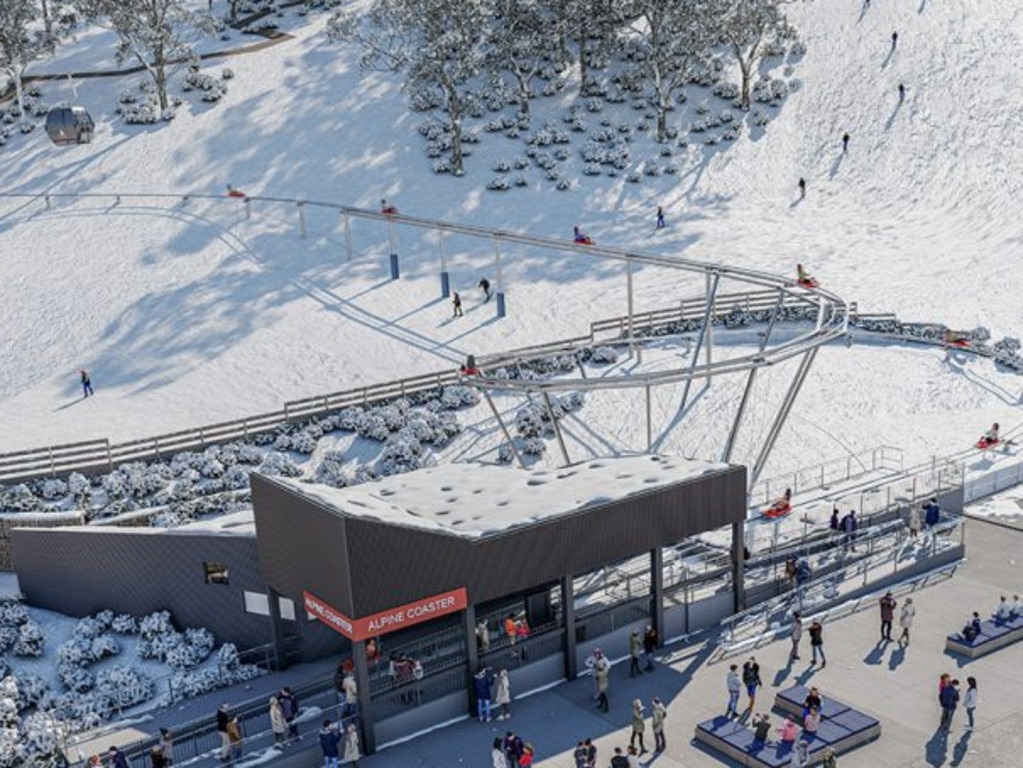
Industry analysts said alpine resorts were facing increased running costs across the board, but the snow-making and management technologies necessary to ensure adequate coverage were pushing up prices.
Mt Buller, which will celebrate 100 years of mountain skiing this winter, introduced its first “Snow Factory” in 2017 and has taken delivery of its fifth unit in time for the 2024 season. The units can produce 220 cubic metres of snow per day, and cost north of $1 million each.
And Thredbo has added three new snow guns this season, building on 15 such devices it installed in 2022 and 2023. The NSW resort has also acquired two new snowcats for grooming the slopes.
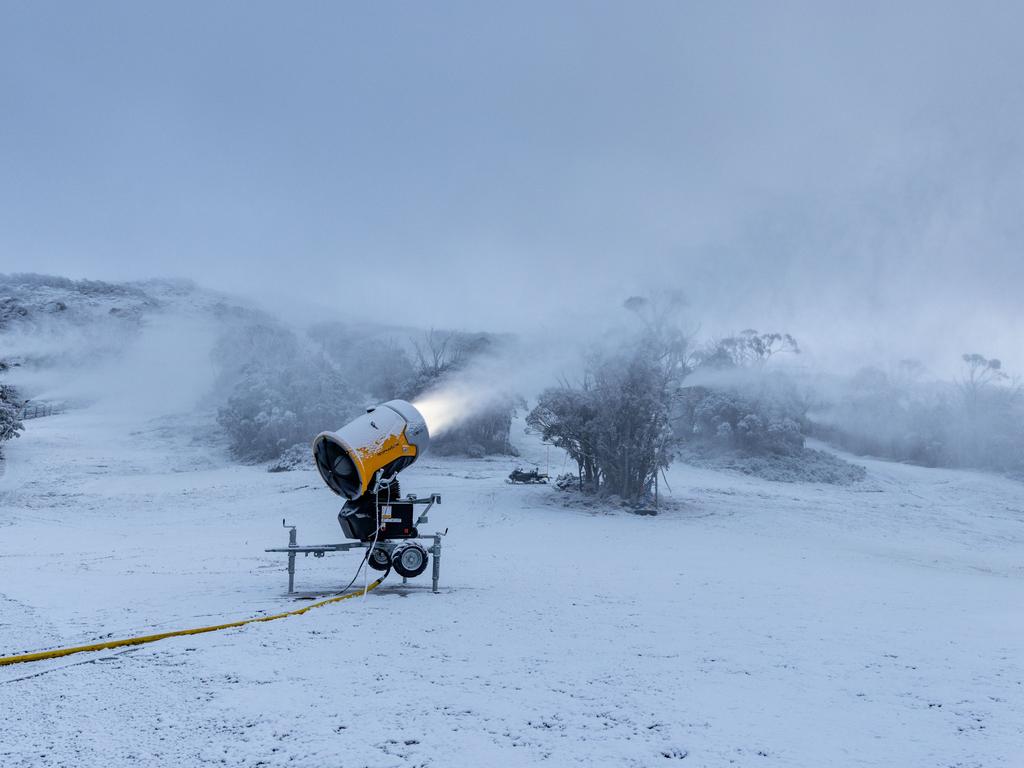
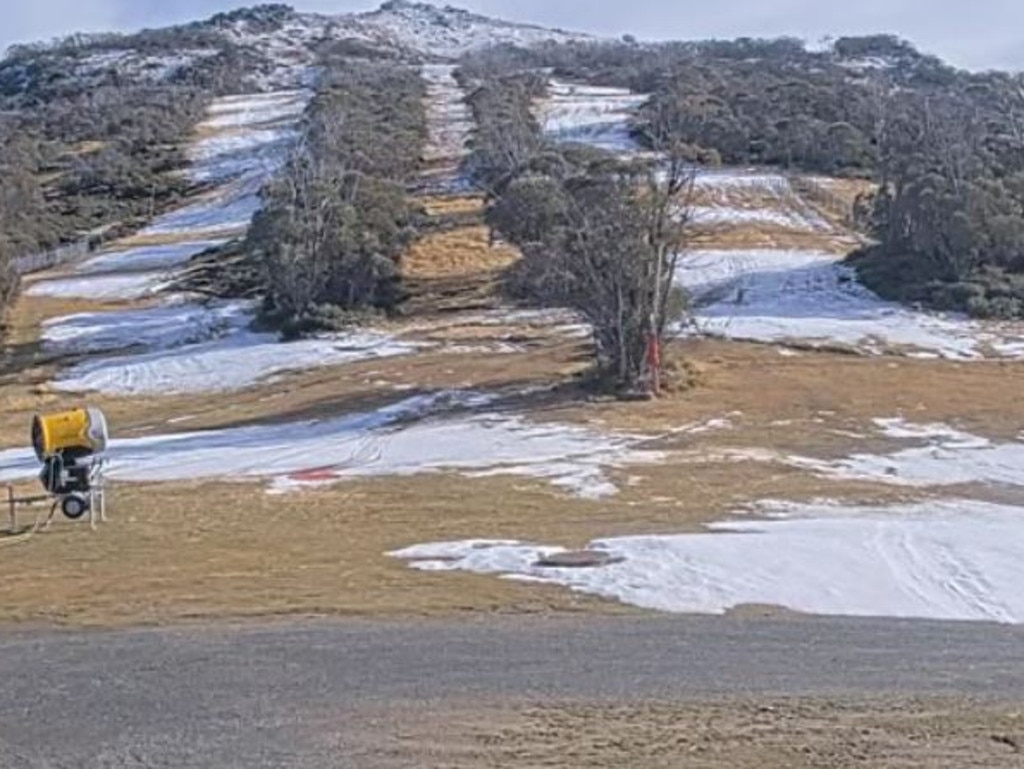
While some resorts have reported their first falls, forecasts for the season are mixed.
Of three climate drivers associated with good snow, two are currently favourable (a neutral El Nino Southern Oscillation and a negative Southern Annular Mode) and one is not (the Indian Ocean Dipole is currently neutral, leaning positive, when it’s the negative mode that generally accompanies deep snowfall).
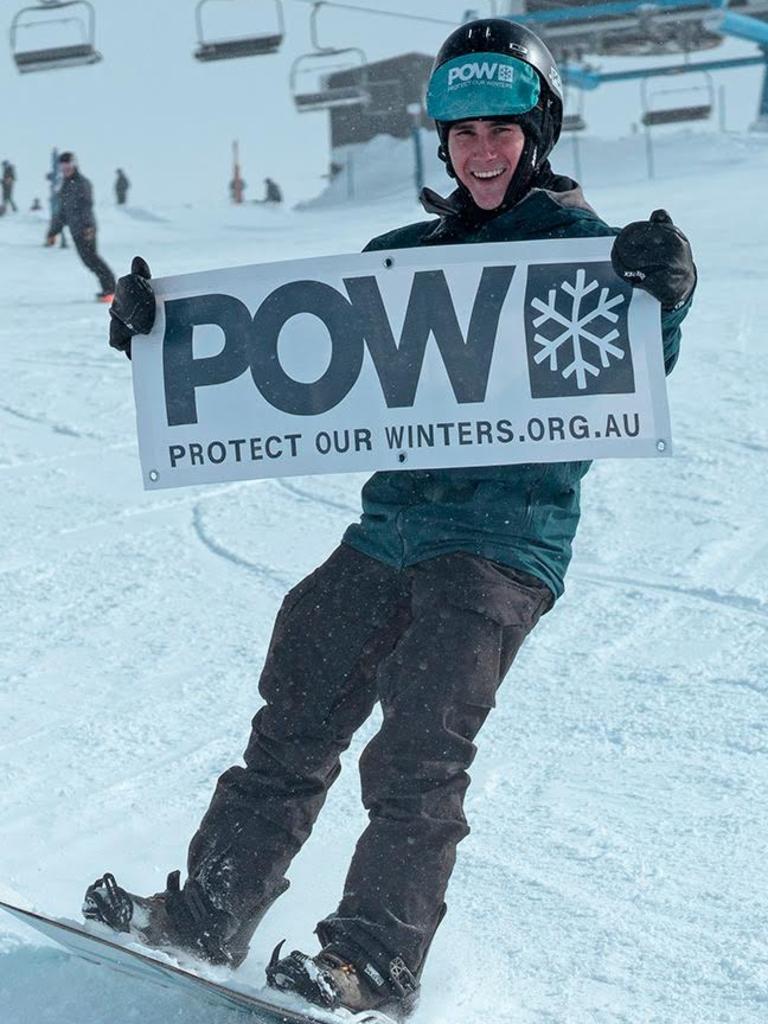
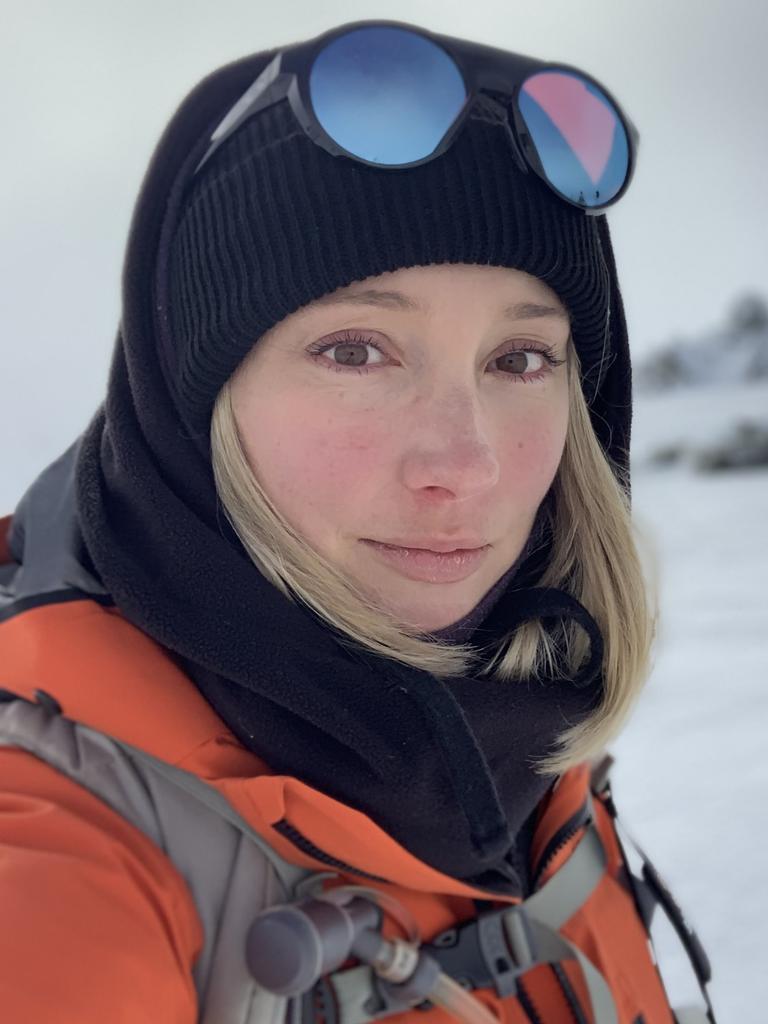
In previous winter outlooks the Bureau of Meteorology has stressed that “a single big event can change a whole season”.
But research has shown snow cover in Australia fell 30 per cent between 1954 and 2010, while the average length of the season at most alpine resorts fell as much as 28 per cent.
And there are concerns the situation will get worse, with the trend towards warmer minimum and maximum temperatures forcing resorts into an ever-greater reliance on snow-making.
New modelling from the group Protect Our Winters Australia (POW) and the ANU suggests Australia’s alpine resorts will have shorter seasons as soon as 2030 – and even under the most moderate warming scenarios. According to those projections, the average snow season in Mt Hotham, Mt Buller and Thredbo will be 10 days less in 2030 than the 1981-2010 baseline.
POW Director Sam Quirke said: “The ski season last year was tough, with minimal snowfall and some resorts having to shut their doors early. This report shows that we’ll see that happening more and more frequently, as ski seasons become more erratic and harder to predict due to global warming.”
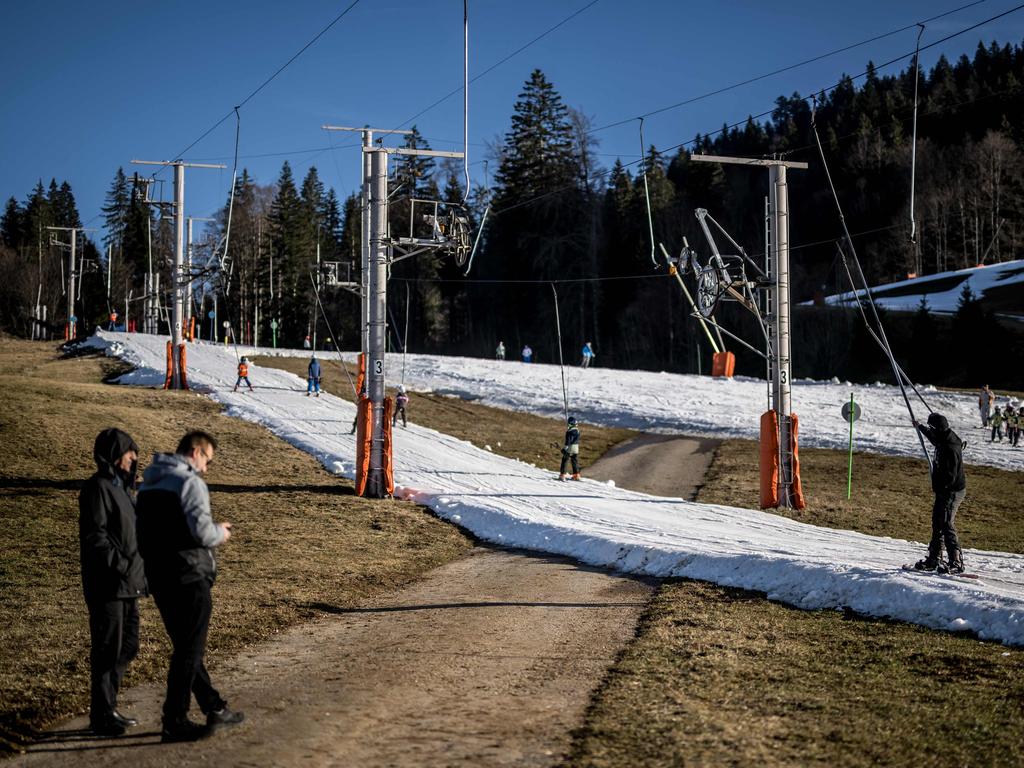
Australian Ski Areas Association Chair Noel Landry said Australian resorts were “some of the best in the world at snow management” and invested in new technology year-round to mitigate against snowfall variability.
Skiers and snowboarders at Australian resorts were “in general enjoying more days on the slopes, not less, compared with 40 years ago, despite the challenges of climate changes,” Mr Landry said.
Back country tour guide Alex Parsons said last year’s warm winter made a difference even in the “highest reaches” of the Snowy Mountains.
“Last season was really challenging. A lot of resorts closed early, and that was the first time we had to shut down back country early. That was really devastating,” she said.
“The areas that we go to in back country tours rely on natural snowfall. Snow guns just don’t cut it,” she said.
Originally published as Snow resorts hit pricey new high




